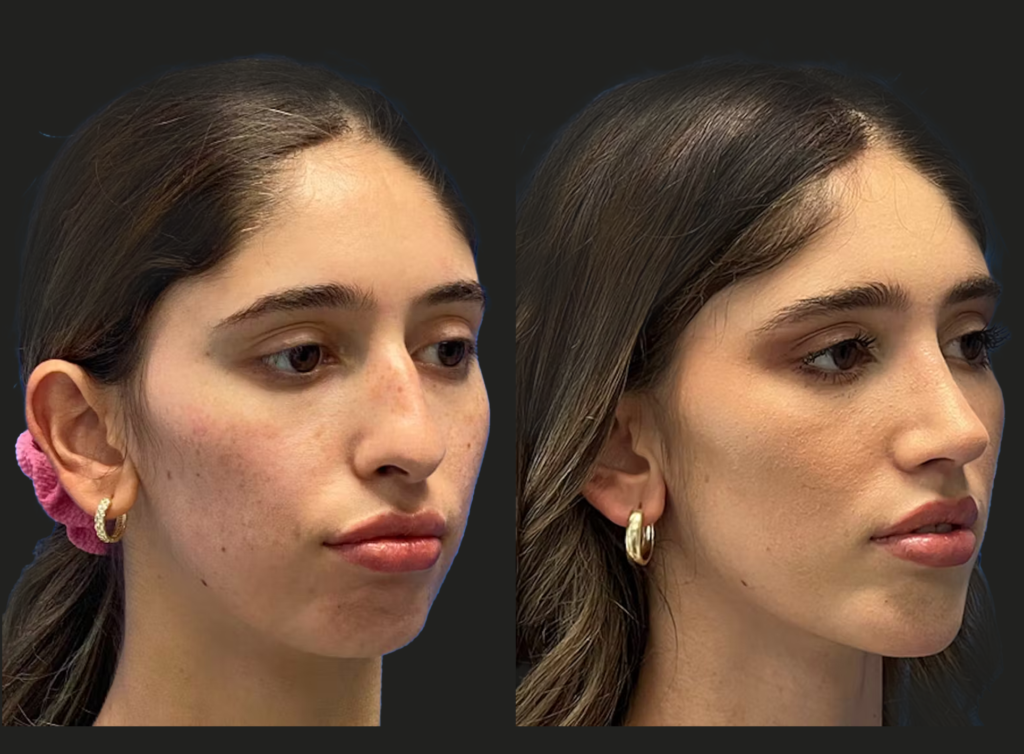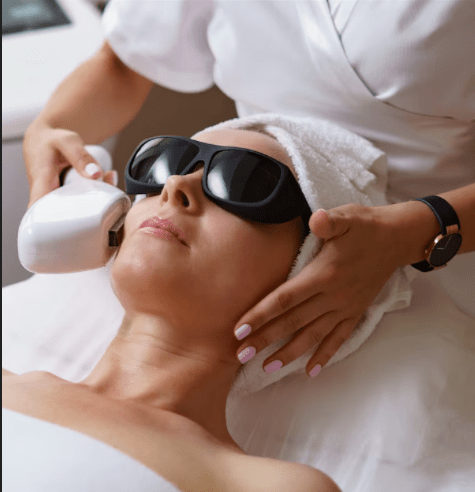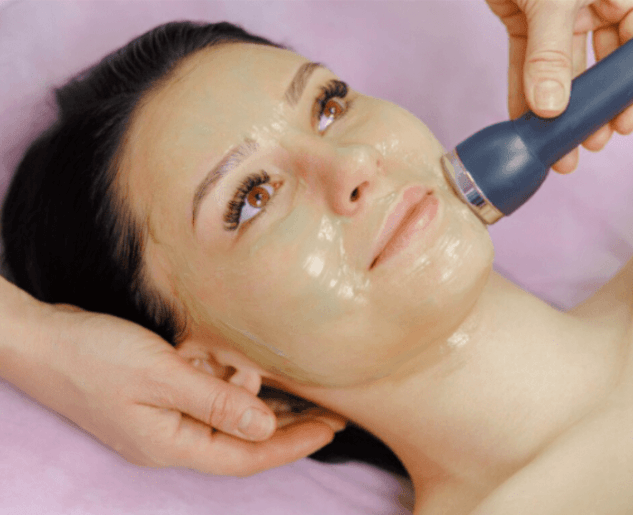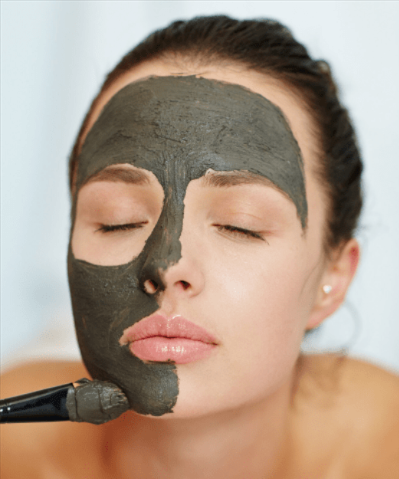When it comes to gender-affirming facial surgery, the chin plays a central role in defining the masculine or feminine appearance of the face. Chin implants—small, biocompatible devices placed over the chin bone—can dramatically reshape the lower face to better align with a person’s gender identity.
In this post, we’ll explore how chin implants are used in both facial feminization surgery (FFS) and facial masculinization surgery (FMS), highlighting the differences in goals, techniques, and expected outcomes.
Why the Chin Matters in Gender-Affirming Facial Surgery
The chin is one of the most gender-defining facial features. Its size, shape, and projection influence the overall perception of femininity or masculinity:
- Masculine chins tend to be wider, more prominent, and squared.
- Feminine chins are generally narrower, softer, and more tapered.
This distinction makes chin augmentation or reduction an essential component in many gender-affirming facial procedures.
Chin Implants in Facial Masculinization Surgery (FMS)
For trans men or non-binary individuals seeking a more masculine appearance, chin implants can help achieve a stronger, more angular lower face.
Goals:
- Increase chin projection and width
- Create a squared or broad chin
- Balance the jawline for a more chiseled profile
Approach:
- Larger, square-shaped implants are selected to simulate a masculine chin.
- In some cases, the implant is extended laterally to define the jawline further.
- Chin implants may be combined with jaw implants, rhinoplasty, or Adam’s apple enhancement for comprehensive masculinization.
Results:
- A firmer, more structured chin that enhances facial symmetry and masculine features
- Improved harmony with the nose, lips, and jaw
Chin Implants in Facial Feminization Surgery (FFS)
In contrast, for trans women or non-binary individuals pursuing facial feminization, chin implants are used more selectively. In many cases, chin reduction (genioplasty) is preferred, but implants can still be useful when reshaping a weak or asymmetrical chin.
Goals:
- Soften a strong or wide chin
- Create a pointed or heart-shaped contour
- Enhance vertical harmony with lips and cheeks
Approach:
- Small, tapered implants are used when volume is needed for shaping rather than projection.
- If the chin is too large, bone shaving or sliding genioplasty may be performed instead.
- Chin implants can be paired with jaw contouring, cheek augmentation, and lip enhancement for a more feminine appearance.
Results:
- A refined, delicate chin that blends seamlessly into a more graceful lower face
- Enhanced facial balance and gender congruence
Choosing Between Chin Implants and Genioplasty
Not every patient undergoing gender-affirming surgery will benefit from a chin implant. In some cases, genioplasty (reshaping the bone) may be more appropriate, especially when dramatic size or shape changes are needed.
- Implants are ideal for augmentation (adding projection or width).
- Genioplasty is better for reduction or reshaping the underlying bone.
An experienced facial plastic surgeon will assess your bone structure, facial proportions, and aesthetic goals to determine the best option.
Customizing Your Chin for Your Gender Identity
Whether you’re undergoing FFS or FMS, the chin implant should be selected and positioned to reflect your gender identity authentically. This includes considering:
- Facial symmetry
- Ethnic background
- Profile projection
- Harmony with other facial features
Advanced imaging and 3D planning tools help ensure the chosen implant is tailored to your unique needs.
Commonly Combined Procedures
To enhance results, chin implants are often performed alongside other facial gender-affirming surgeries:
- In FMS: Rhinoplasty, jaw implants, tracheal enhancement, forehead lengthening
- In FFS: Rhinoplasty, brow bone reduction, cheek augmentation, lip lift, tracheal shave
This holistic approach ensures a cohesive, natural transformation that supports gender affirmation on both emotional and physical levels.
Recovery and Healing
Recovery from chin implant surgery typically includes:
- 5–7 days of swelling and minor discomfort
- Use of a compression garment for support
- Gradual return to normal activity within 1–2 weeks
- Final results visible within 2–3 months as swelling subsides
When performed as part of broader FFS or FMS, recovery time may be longer but is still manageable with proper post-op care.
Final Thoughts: Affirming Your Identity Through Facial Harmony
Chin implants are more than just a cosmetic procedure—they’re a powerful tool in gender affirmation. Whether you’re seeking a more defined, masculine look or a softer, more feminine profile, chin augmentation can help bring your outer appearance into alignment with your inner self.
Ready to Take the Next Step?
Consult with a board-certified facial plastic surgeon who specializes in gender-affirming procedures to explore whether a chin implant—or an alternative like genioplasty—is right for your journey.




